The science of chocolate
Everyone loves chocolate and the love of chocolate cuts across gender, age, caste, race, religion and geography. It is the most popular sweet in the world. According to the World Cocoa Foundation, people living in the United States and Europe consume up to 3 million tons of Cocoa beans a year and these aren’t the most populated parts of the world. If you don’t know the reason why everyone loves it, let us take you through the science of chocolate.
Chocolate is made from the fruit of a tropical tree called Theobroma cacao. It stands for “food of the gods” in Greek. The size and shape of this fruit are like papaya. These trees are native to the Amazon and Orinoco river basins in South America. Mostly from Mexico to the Amazon River. These trees tend to thrive best in humid areas. As of today, Ghana, Côte d’Ivoire, Nigeria, Indonesia and Brazil are the countries that produce almost 79 percent of cacao.
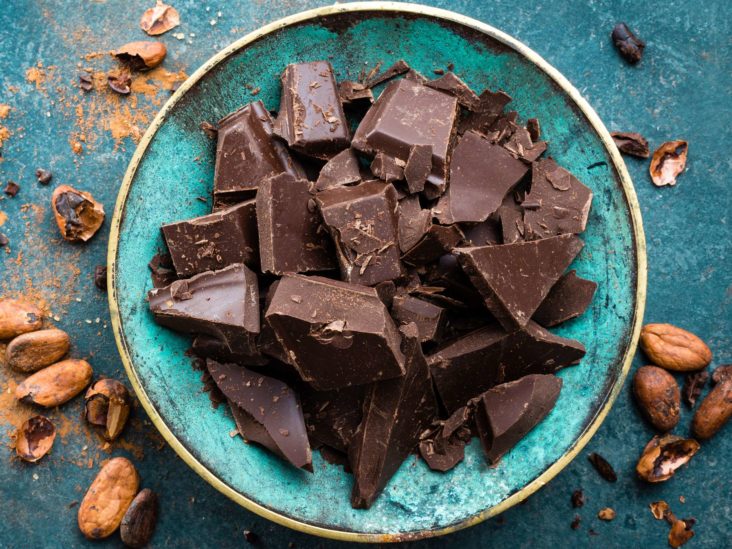
History of chocolate


Before we move to the science of chocolate, a look at its history. Can you imagine that chocolate has almost been used for 4000 years in drinks? The history can be traced back to the ancient Mayans, and even to the ancient Olmecs of southern Mexico. Chocolate is very different now and it was very different then. In history, chocolate was a respected but bitter drink.
A vessel found at an Olmec archaeological site on the Gulf Coast of Veracruz, Mexico, shows chocolate being prepared by pre-Olmec peoples as early as 1750 BC. On the other hand, at the coast of Chiapas, Mexico, a Mokaya archaeological site show evidence of cacao beverages from 1900 BC. The Aztecs had control over a large part of Mesoamerica by the 15th century, which is why they adapted cacao as a part of their culture. According to a legend, Quetzalcoatl was deserted by other gods as he shared chocolate with humans.
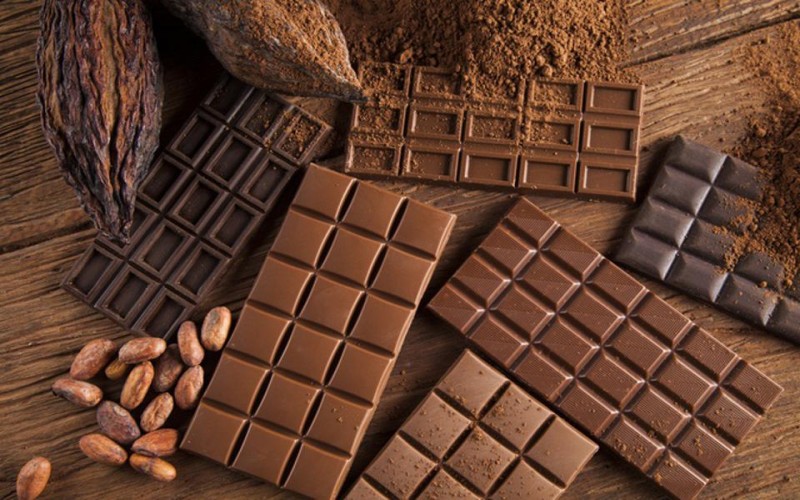
In the 18th century, chocolate became a fashionable drink for rich Europeans. All thanks to the industrial revolution, chocolate was produced on a larger scale. Eventually leading to the development of cacao tree plantations. A Dutch physicist Coenraad Van Houten, in 1815 tried to remove various amounts of cocoa butter from chocolate liquor. Which lead to the invention of cocoa powder and then solid chocolate. In 1847, England, a chocolate company called Fry’s started the first-ever mass-production of chocolate bars.
This was done when Joseph Fry added additional cocoa butter to Van Houten’s chocolate that becomes a moldable paste. Milk chocolate was invented after a while, all thanks to Henri Nestlé. Lindt and Cadbury’s chocolate brands eventually started off in the 1800s. As the years progressed, chocolate was molded into different ways with different ingredients.
Molecules in chocolate
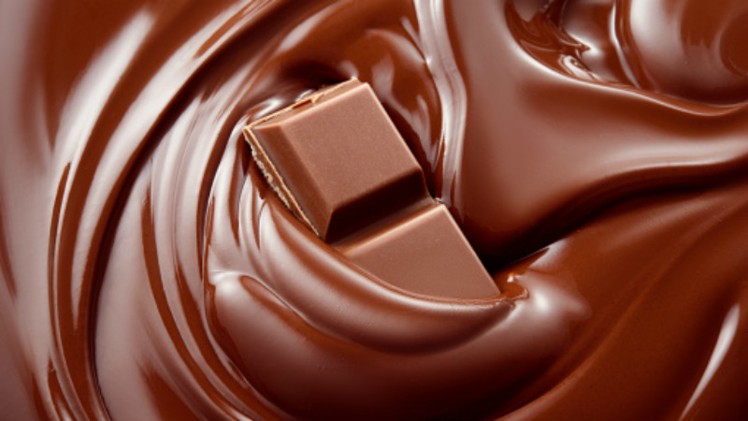
Why is chocolate so addictive? You don’t believe it is? Not only is Chocolate addictive but is it so addictive that there is a word in the dictionary for a person who’s addicted to chocolate – Chocoholic. A chocoholic is a person who craves or compulsively consumes chocolate..
Well, that’s because cocoa liquor has over 300 chemical compounds. All these compounds make chocolate addictive, aphrodisiac and euphoric. The molecules that are found: anandamide, theobromine, phenylethylamine, tetrahydro-beta-carbolines, epicatechin, serotonin, tryptophan, procyanidins, etc. Phenylethylamine, also known to be released by the brain when we fall in love, triggers the “reward centers” in the brain, which entices repeat behavior that is characteristic of addiction.
Another compound Tryptophan, a precursor to “Serotonin” a neurotransmitter that gives us a feeling of well-being and happiness induces craving and encourages repeat consumption and hence causing addictive behavior. Chocolate also heightens a natural brain chemical enkephalin that is known to trigger receptors similar to those triggered by heroin and morphine use. It leads to a strong desire to eat more and more chocolate, which can lead to addiction.
Health Benefits of Chocolate
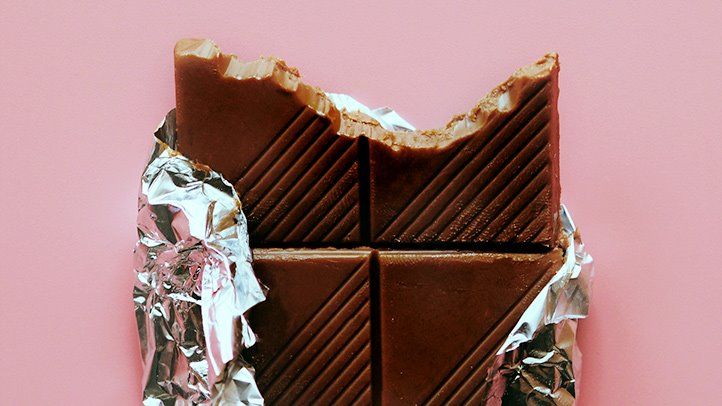
Ohh Addiction! That sounds bad. Relax, it isn’t that severe, more like a craving only – maybe stronger craving in the case of girls and children. Chocolate has many health benefits that will far outweigh any negative attribute you may assign to the craving for it.
Heart food
Does this mean I can eat lots of chocolate? Cacao beans are high in phytonutrients, that high on antioxidants and give additional benefits. They’re rich sources of iron, copper, magnesium, zinc and phosphorus. Dark chocolate is better as it has two to three times more beneficial flavanols as compared to milk chocolate. In milk chocolate, the cacao concentration is diluted with milk and sugar.
A moderate amount of chocolate intake can have health benefits. Research shows that there was a little improvement in heart disease or stroke reduction among people who ate chocolate more than three times a week. Research conducted on men who didn’t have coronary artery disease was done on more than 150,000 primarily U.S. veterans. They were told to eat an ounce of chocolate at least five times a week.
It was found that it may help prevent the risk of coronary artery disease-related events such as heart attack and heart failure. Adults who consume chocolate once a month have a 10-20% lower chance of developing atrial fibrillation as compared to those who rarely eat it.
Brain food
Studies show that chocolate may improve cognitive function. A study by the Journal of Alzheimer’s Disease, published in 2016 says that eating chocolate may help lower the risk of cognitive decline in older people. It was conducted on 400 Portuguese citizens of the age of 65 or above. IT showed that for those who ate one chocolate snack a week, whether milk chocolate or dark, there was a decrease in their risk of cognitive decline surprisingly by 40 percent in just two years.
The science of chocolate making
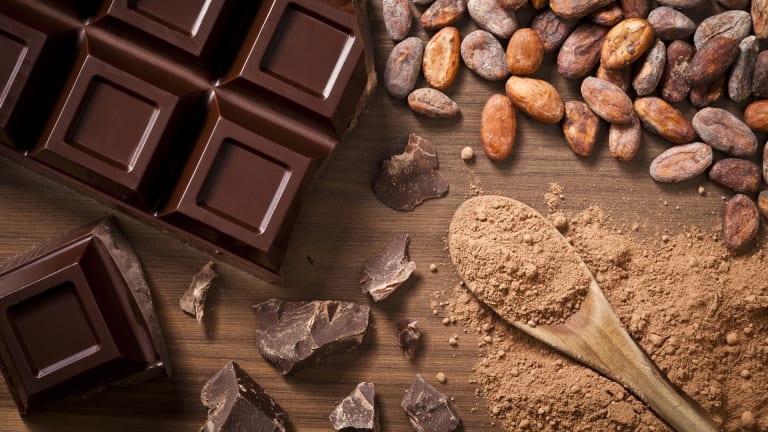
Now, this is a long process. The seeds are taken from the cacao tree, these seeds have a bitter taste which is why they must first be fermented just to develop the flavor. Once the fermentation is done, the beans are dried, cleaned and eventually roasted. Once this is done, the shell is of the cacao bean is removed leading to the production of cacao nibs. The nibs are grounded to give cocoa mass or what we call pure chocolate just in a rough form.
This cocoa mass will then be liquified which is then mixed with other components to form commercial chocolate. There are two components to the liquor, cocoa solids and cocoa butter. These may also be processed on their own.
Threats to chocolate?
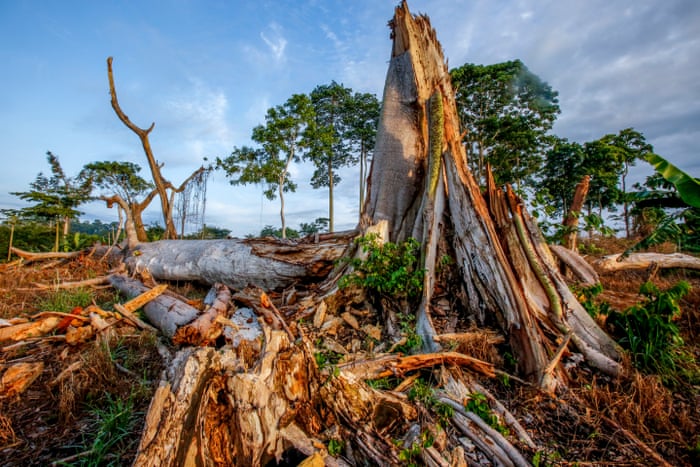
As much as we love chocolate, its production is threatened by climate change. In a report by National Oceanic and Atmospheric Administration (NOAA), in 2016, the main countries that did the production of Cocoa are Côte d’Ivoire, Ghana, and Indonesia. They were said to experience a 2.1-degree increase in temperature by the year 2050. Assuming with the rise in temperature, rainfall won’t be increasing which will only cause lowered humidity levels. This will lead to the shrinking of land for production.
It is said that 89.5 percent of the 294 chocolate-producing areas studied will not suitable by 2050. Farmers and scientists are finding a way to keep up with the production without causes too much damage. Farmers are trying to plant taller trees right next to cacao trees in order to increase shade hence decreasing moisture loss.
Chocolate is loved by everyone but most of us don’t know the science behind it. Did you know there is so much chemistry in play in that small bite of chocolate? Do let us know in the comments below which of these facts did you not know.





Beautiful
I was always curious to know about chocolate tnx
I love chocolate and I feel happy to know about chocolate.
Love it
I Love chocolate always
Very sweet chocolate😍
I
Wow!thank you so much for these informations:)
Love chocolates
Thank for letting me know the interesting facts about the chocolate
Mujhe bhi chocolates pasand h